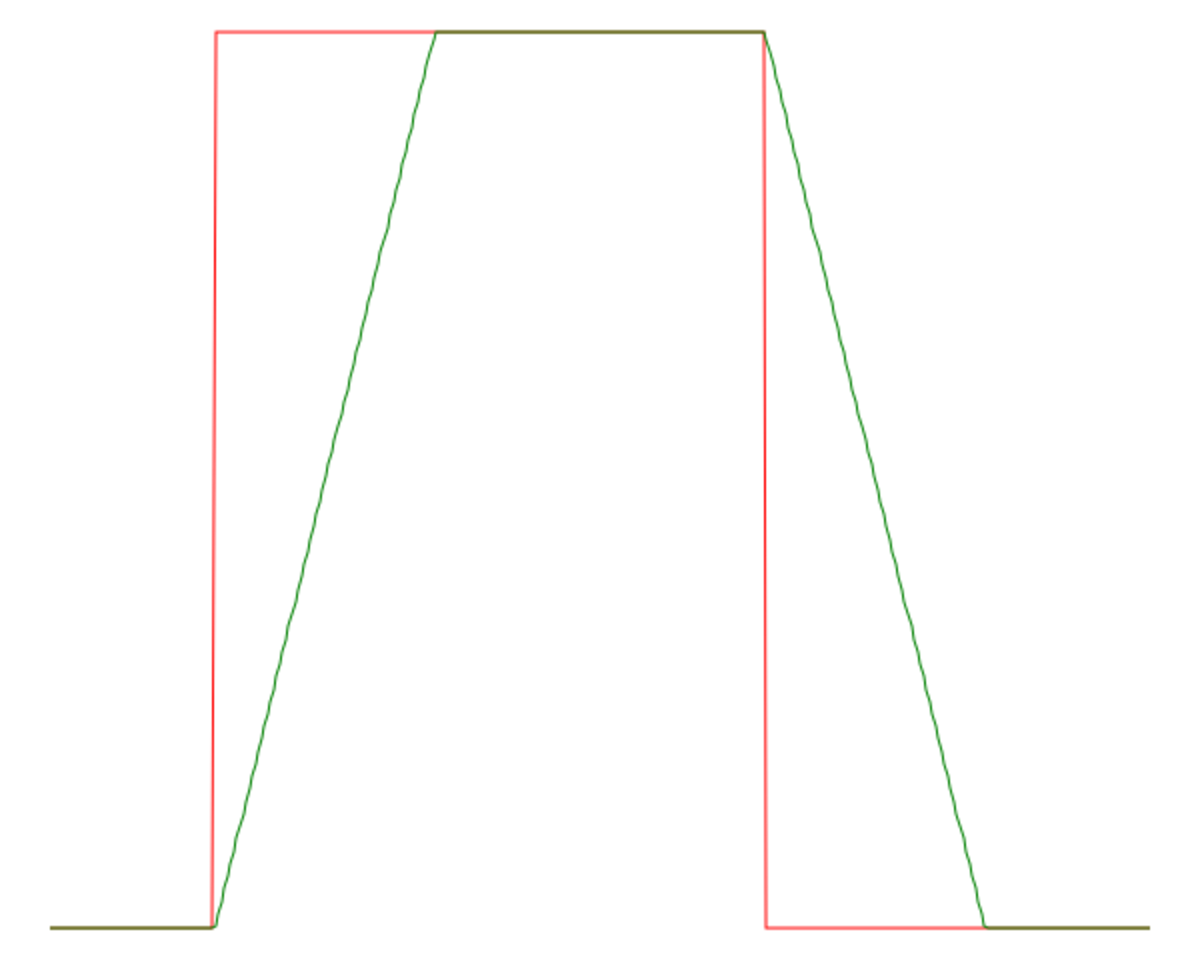The JRC4559D is made from unicorn dust and the RC4559D is made from dehydrated dragon's breath.
Kidding aside, 4558s are pretty much made today from bi-polar substrate, die and film clones of either the Texas Instruments RC4558 (briefly LM4558) or Japan Radio Company (JRC) NJM4558's. New old stock (NOS) had some variability and I believe a 20% tolerance, with some 4558's sounding closer to a LM1458 and some sounding more HiFi. IMHO and due to modern manufacturing precision, these tolerances are now within 5% of specs, making them highly interchangeable with little perceived difference (with the exception of some really cheap imports, which use their own film and dies, and brand the dual op amps different things based on testing the performance to specs).
I had a bunch of NJM4558's (still have a few in devices I own and use) and a few RC4558's (one I know is in my favorite ODR-1 clone mod I did a few years ago). I bought my last batch of 4558's from Amazon (link below) and breadboard tested and swapped them in pedals for comparison to my NOS ICs. With exception to the one in my ODR-1, it was hard to tell the difference, especially if the effect was using clipping diodes. The Amazon 4558's were 20 out of 20 functional and within 5% tolerance. I think I paid 75 cents per, delivered.
I am sure others can chime in, but these dual op amp ICs go from loose, a little self-noise, high harmonic distortion and lo-fi (LM1458) to more HiFi, lower noise, faster transient (LM833, NE5538, etc). IMHO, a good 4558 is middle ground. And if you want to venture into FET based dual op amps, there are also a range of ICs which cover the messy to super audiophile and are the same pinouts and pretty much the same supply voltages. IMHO, FETs will sound and behave differently.
So, no homunculus mucus in a 4558? Shame.
But even without unicorn dust, dehydrated dragon's breath or homunculus mucus in either the 4559 or 4558, both are nearly identical (spec sheet-wise) except that the 4558 has a 1.7V/µs slew-rate while the 4559 has a 2.0V/µs slew-rate; and both are low input impedance devices. And I've yet to meet or know of anyone who can honestly claim they can aurally detect any difference between them - whether JRC, NJM, RC or LM.
Both circuits mentioned in the OP are dirt pedals and as such, seeking perfection out of a specific opamp for a dirt circuit tends to garner a propensity for cork sniffin'.
IMO, any of the jellybean dual opamps with a BJT (low impedance) input and a slew-rate of better than 0.5V/µs running at +9V should be audibly indiscernible from one another in either of the Silver or Stagecoach circuits.
Here's a list of pin-for-pin dual opamp replacements . . . .
BJT Input Dual Opamps:
LM358 - Slew = 0.3V/µs (@ unity); BJT
LM1458 - Slew = 0.5V/µs; BJT
LM4558 - Slew = 1.7V/µs, BJT
LM4559 - Slew = 2V/µs; BJT
uPC4570 - Slew = 7V/µs; BJT
LM4580 - Slew = 5V/µs; BJT
LM833 - Slew = 7V/µs; BJT
LMV652 - Slew = 3V/µs ~ 0.12 mA; BJT
MAE2741 - Slew = 1.6V/µs; BJT
MC33178 - Slew = 2V/µs; BJT
NE5532 - Slew = 9V/µs; BJT
NJM4560 - Slew = 5.5V/µs; BJT
NJM4565 - Slew = 4V/µs; BJT
NJU7032 - Slew = 3.5V/μs; BJT
RC4559 - Slew = 2V/µs; BJT
JRC2068 - Slew = 6V/µs; BJT
TL022 - Slew = 0.5V/µs ~ 0.13 mA; BJT
Low Noise dual-opamps (pin for pin TL072 equivalents):
TTH:
OPA2134 - Slew = 20V/µs; FET
OPA2604 - Slew = 25V/µs; FET
OP275 - Slew = 22V/µs; FET
TLE2072A - Slew = 38V/µs; FET
TLE2072C - Slew = 45V/µs; FET
SMD:
OPA1612AID - Slew = 27V/µs; FET
LM833DR - Slew = 7V/µs; BJT


